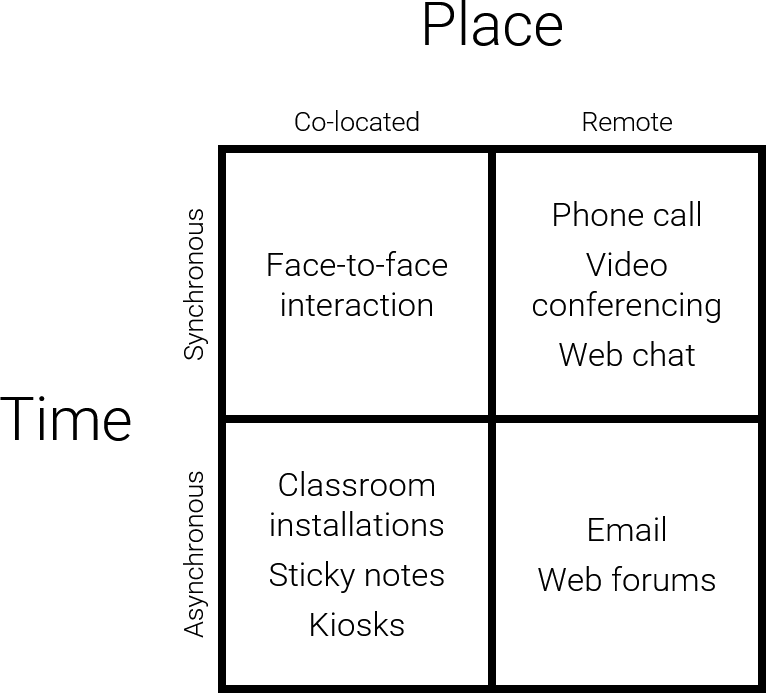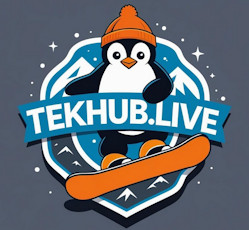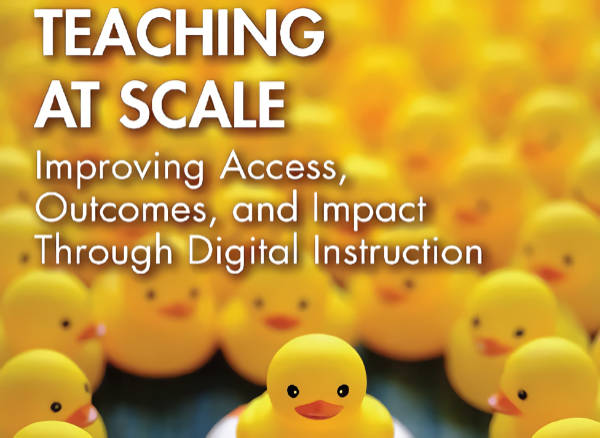RESEARCH IN EDUCATION for 6/17/25:
(this was orginally posted on Ed in Spring 25, reposted here)
Today we’re not going to cover a research paper but instead a couple of books by Dr. Joyner. No, this isn’t a shameless plug, I’m sure he’s doing fine whether you buy his books or not!
The first up is The Distributed Classroom (Learning in Large-scale Environments). I don’t have a copy handy but from what I recall reading a draft, one of the main contributions of the book is to consider all the different combinations or in-person vs. remote teaching and classifying them into a matrix.
Let’s consider this course, CS 6035, a fully-remote course. While the course can be treated as fully asynchronous, there are scheduled office hours held in a synchronous manner. Students are able to attend and and interact with the TAs. There is Ed where students can interact with each other in many ways. We’re not fully asynchronous, if a student chooses to interact with the course.
In education there’s this basic table/matrix:

One thing the Distributed Classroom book does is to add an additional consideration / dimension to the matrix.
I can’t find the matrix online, but I’ll see if I can get a copy of the full matrix to post here within a couple days.
This extra piece is meant to cover cases where a class is delivered in a different location than it was originally presented. It’s a bit to go into here, if you want to read more, check out this free chapter:
The book gets into an interesting concept. Consider that a star expert professor in their field can generate the videos for an online course. Then a different teacher can teach the class. In this way, “all star” talent doesn’t just reach a selective audience only at their universities — instead the effect of a great teacher can be spread far and wide.
Also consider that the creative/technical skills needed to develop a course are different from the more adminstrative/communication skills needed to run a course. There are plenty of cases here in OMSCS where a course was originally developed by a Professor who has moved on, and it’s possible in this model for another Professor to step in and take over the management of the course. This is less true for fast-changing fields, or course, here there’s a need to update the class materials more often.
The second book to consider is Teaching at Scale: Improving Access, Outcomes, and Impact Through Digital Instruction.
It starts out like this:
Hi! My name is David Joyner, and over the past three years, I have taught more for-credit college students than any other person on earth.
He then goes on to justify this claim. Dr. Joyner teaches multiple courses in OMSCS, some of which have very high enrollments. He teaches/manages (to my recollection) HCI, EduTech, KBAI and I believe he currently runs ML4T as well. And there’s one more course, because the book says that at the time of writing, he was teaching five classes.
Although it seems to have fallen into disuse, this book uses a term coined in a research paper, “Limeades.” This is an acronym for Large Internet Mediated Asynchronous/Affordable Degrees. This is to distinguish a program like OMSCS and OMS-Cyber from MOOCs. MOOCs, if you’re not familiar, are Massive Open Online Courses.
MOOCs took the world by storm back in 2012 with notable figures predicting the end of traditional education within ten years. In an interview with The Economist, Clayton Christensen said:
“Fifteen years from now more than half of the universities [in the United States] will be in bankruptcy.”
I can’t track down the quote directly, but I have read about it many times. Obviously this was a bit extreme of a thing to say. And it hasn’t turned out to be true. Instead of cannibalizing the on-campus program, OMSCS exists alongside the on-campus program. Both on-campus and especially OMSCS have seen growth since the introduction of OMSCS in 2014.
OK I’m out of words for the week, I suggest if you have an interest in online education beyond just being a student, then you should check out these books. If you don’t want to spend money, you can also search for the terms Joyner GA Tech on scholar.google.com and you’ll get plenty of reading to keep you busy!

